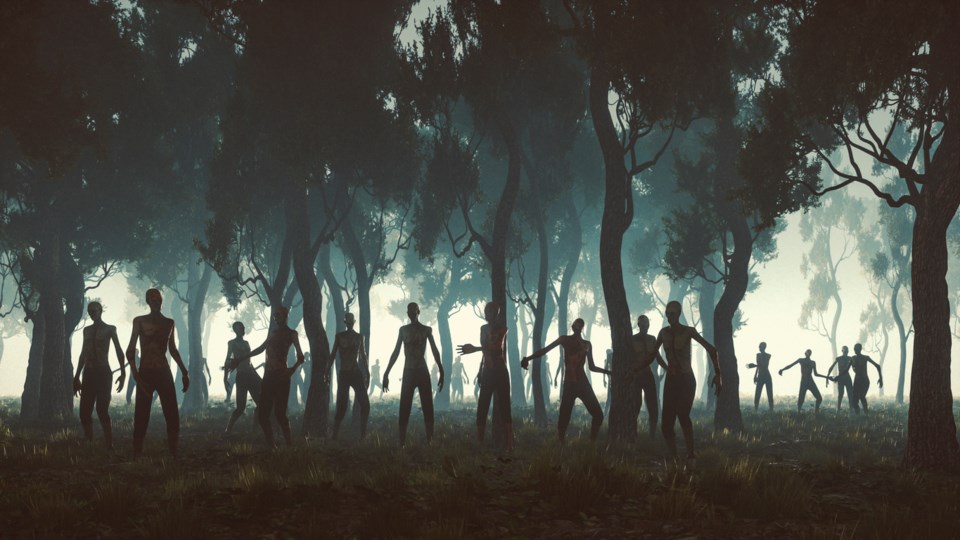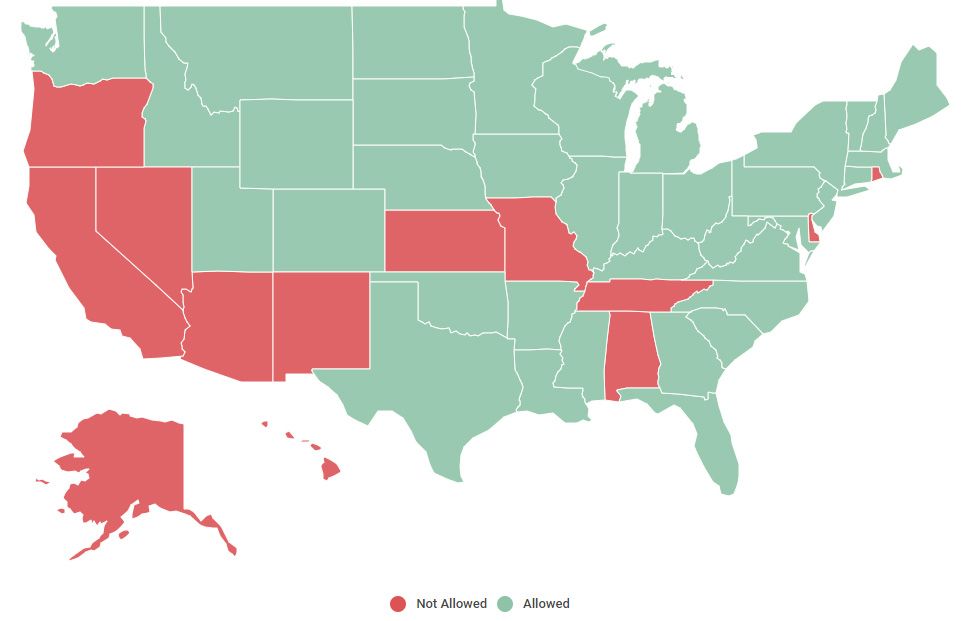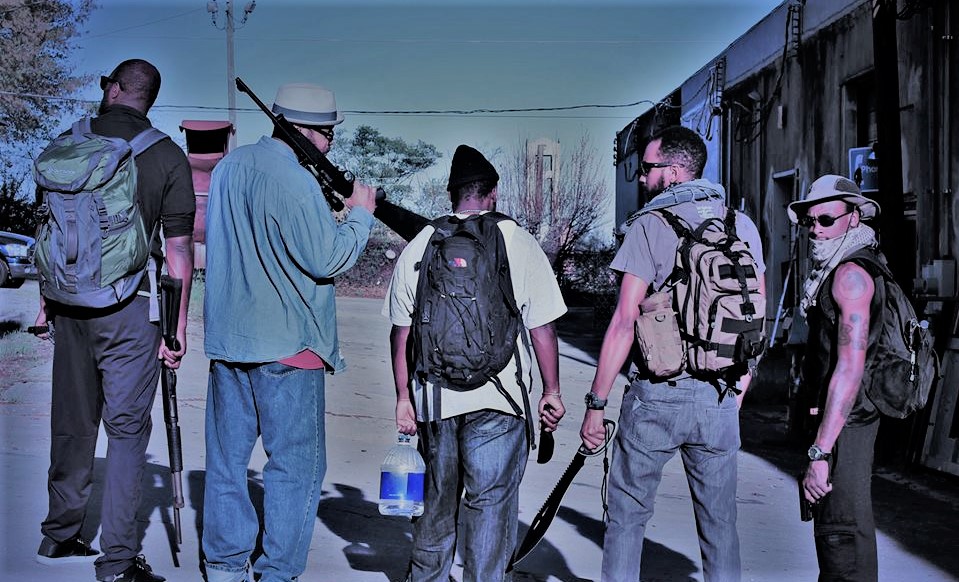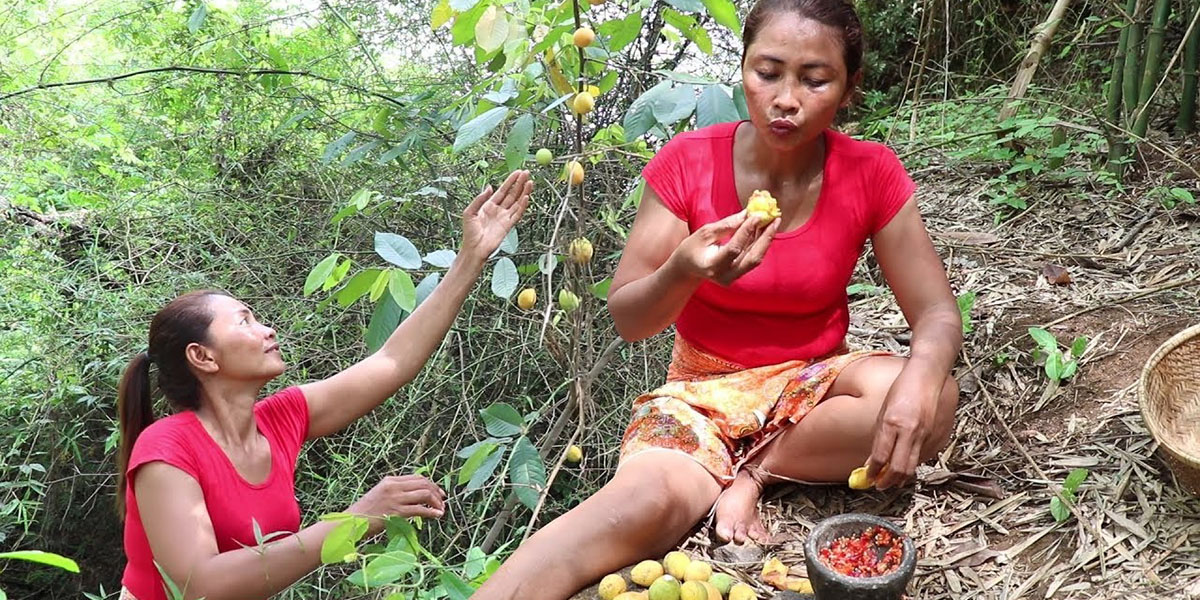The wilderness hides an entire menu most people never notice. Every landscape—whether it’s a dense forest dripping with moss, a barren desert cut open by heat, or a cold coastline pounded by tides—offers something that can keep you going if you understand how to read the environment. Edible plants blend into the scenery, insects gather beneath fallen logs, and small creatures move through predictable patterns that trained eyes can recognize.
People who spend enough time outdoors often develop a deeper kind of awareness, the kind that tells them where food is likely to appear and how the seasons change what nature provides. Experienced survivalists, especially those tested on shows like Alone, prove that with knowledge, patience, and a bit of willingness to eat things most people would never consider, the land can support you far longer than you’d think. Their stories make one simple truth impossible to ignore: nature gives you options, but only if you’ve learned how to look.
Finding Food in the Wild
Before anything else, the rule is simple—never eat something unless you know exactly what it is. This especially applies to plants. Many edible species have toxic look-alikes, and guessing wrong can be fatal. A good field guide helps, but taking a hands-on course with someone who truly knows the land is even better. Survivalists who teach these skills often emphasize local knowledge, terrain familiarity, and repeated practice before anyone attempts real foraging on their own. With that foundation, here are major insights shared by several skilled survivalists from Alone on how to locate food when stranded in the wild.
25 Edible Plants, Fruits and Trees for Wilderness Survival
Insects Are Usually Safe, Others Are Not
Most people remember basic science lessons: insects have exoskeletons, three-part bodies, six legs, and a pair of antennae. Arachnids—spiders, scorpions, ticks—have eight legs. Millipedes and centipedes fall under myriapods and have many legs. In general, insects are far safer to eat than other crawling creatures, but there are important exceptions. Avoid insects that have bright colors, which often signal toxicity, and stay away from anything covered in hairs or spines.
Survivalist Alan Kay, winner of Alone season one, explains that insects like ants, crickets, and termites are easy to find and surprisingly nutritious. Some roasted crickets take on a nutty flavor, while certain ants taste slightly tart or citrus-like. They’re also far easier to gather than fast-moving animals—just lift a log, turn over a rock, or sift through wet leaves and you’ll find a meal. Slugs, snails, and worms also appear frequently, though they require proper preparation to eliminate parasites.
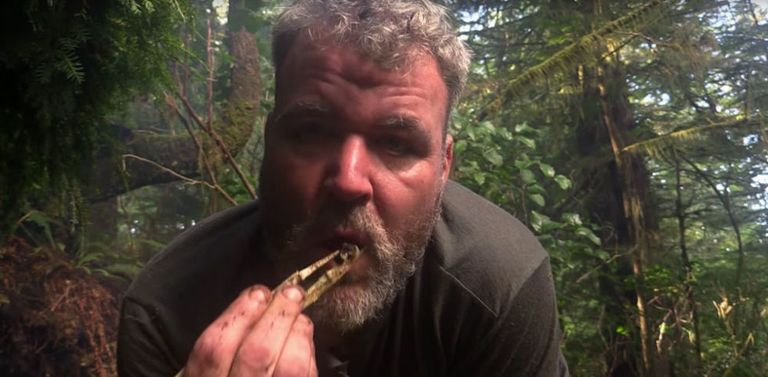
Kay lived off the land for 56 days on Vancouver Island, losing over 60 pounds while relying on whatever he could gather. His rule of thumb is simple: if it has more than six legs, avoid it. If it has a stinger or unusual bright coloration, avoid it. If it resembles something you’d never touch under normal circumstances, there’s usually a biological reason for that instinct. Even so, scorpions can be eaten safely if their venomous tail segments are removed and the body is cooked thoroughly over a flame. When in doubt, steer clear.
Bright Colors Are Nature’s Warning
One of the simplest survival rules is also one of the most reliable: stay away from brightly colored species. Insects, marine life, amphibians, and even certain plants use strong colors—especially reds, yellows, and vivid blues—to broadcast toxicity. The classic example is the poison dart frog, whose striking colors deter predators by advertising powerful toxins. Kay emphasizes that bold coloration in the wild is usually a sign to keep your distance. Dull, neutral colors tend to be safer, though identification is always essential.
Study Before Eating Any Plants
“You never eat a plant that you cannot positively identify,” says survivalist Nicole Apelian, who teaches medicinal and edible plant knowledge in her courses. Plants are often more deceptive than animals because countless species look nearly identical. Yarrow, for instance, is valued for its medicinal uses, yet a beginner could easily mistake it for water hemlock—a plant infamous for being dangerously poisonous.
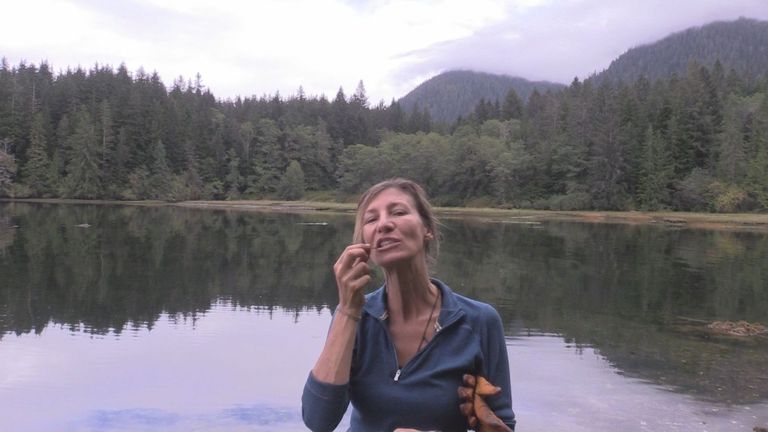
Apelian explains that local knowledge is invaluable. Learning from indigenous people or experienced foragers helps you understand not only which plants are edible, but which parts are safe, how to prepare them, and where they grow. Books and field guides help, but nothing replaces firsthand guidance. Once you reach a new region, your first task should be learning what local foragers rely on and what their ancestors ate for generations.
Eating Cactus and Other Desert Plants
Cook Your Food Whenever Possible
Cooking plays a crucial role in wilderness survival. Heat kills parasites and harmful bacteria, making animals and insects far safer to consume. Illness in the wild can quickly drain energy and leave you vulnerable, so prevention is essential. Cooked food also requires less effort for your body to digest, saving precious calories.
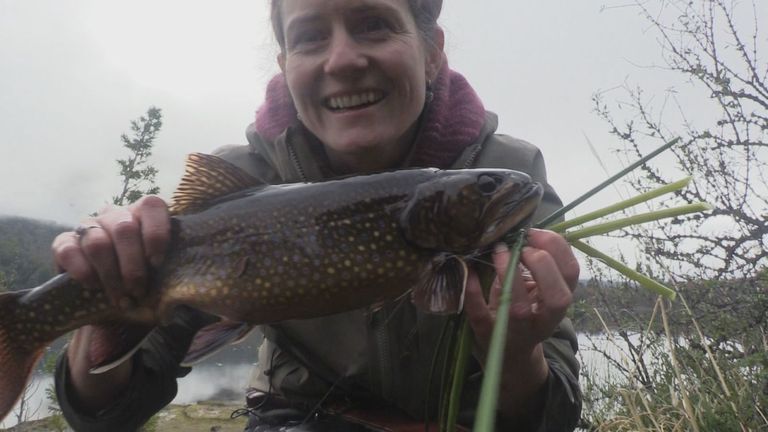
Options for cooking vary depending on your tools. Roasting over a fire is simple. Frying on a flat, heated rock works well if you can’t use metal cookware. Smoking meat can preserve it for weeks, though it takes time. Boiling remains one of the best methods—assuming you have a metal container. Boiling extracts nutrients into the water, which you can drink to avoid wasting anything vital.
Megan Hanacek, a survivalist from season three of Alone, points out that the effort spent hunting should match the chance of success. If tracking an animal for days will burn more energy than the meat provides, don’t do it. Choose easier, more reliable food sources instead.
Get Comfortable With Slugs, Worms and Mollusks
In a harsh survival situation, you may need to eat creatures most people wouldn’t even pick up. Slugs, snails, worms, and similar creatures are often abundant and require little effort to gather. Apelian explains that banana slugs, while slimy and visually unappealing, can be cooked safely by skewering them and holding them over a fire until the slime dries and falls away. Once cleaned and gutted, they can be surprisingly flavorful.
Worms, too, can offer nutrients, though they must be cooked well to eliminate parasites. Insects are usually milder in both taste and texture, making them easier for beginners to tolerate compared to gelatinous creatures.
You Can Eat Birds and Snakes
Birds are excellent food sources if you can catch them. Pigeons, crows, and seagulls are edible when plucked and cooked. Hunting them by hand is difficult, but traps, nets, or firearms increase success significantly.
Snakes are another reliable source of protein, though their chewy texture may take getting used to. As with anything in the wild, avoid venomous species unless you have unmistakable identification skills. The meat itself is safe when cooked, but confusing a harmless species with a dangerous one can put you at serious risk.
The Sea Offers Reliable Food Supplies
Coastal areas provide some of the richest foraging zones. At low tide, rocks and sandbars expose crabs, clams, oysters, barnacles, kelp, eels, and numerous small fish. Apelian gathered over two dozen different species on Vancouver Island simply by exploring tidal pools.
Kay relied heavily on limpets—marine snails that cling tightly to rocks. They require only a quick scrape to collect and can be eaten raw, though cooking improves taste and texture. Even isopods—small, roach-like crustaceans—are edible, though their tough shells make them a challenge to enjoy.
Your Body Needs Vitamins as Much as Calories
Minerals and vitamins are just as important as proteins and fats. Without them, the body deteriorates quickly. Vitamin C deficiency leads to weakness and bleeding gums, while low B vitamins affect energy and mental clarity. Fortunately, the wild provides many natural sources.
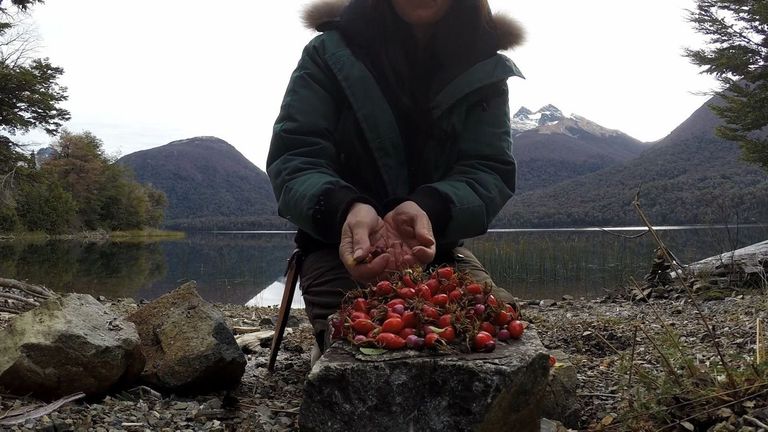
Spruce needles, lichen, and certain roots can be boiled into nutrient-rich teas. Rose hips provide excellent vitamin C. White fish supply B vitamins. Crabs, insects, and small crustaceans offer calcium. A varied diet—however unusual—is necessary to avoid deficiency.
Training Helps You Recognize What’s Safe
If you want to truly understand what is edible in the wild, take local survival training courses. Instructors teach hands-on plant identification, safe animal harvesting, tracking, and preparation methods that can’t be fully learned from books. Watching survivalists on Alone also gives insight into real challenges, real meals, and real decision-making under pressure.

